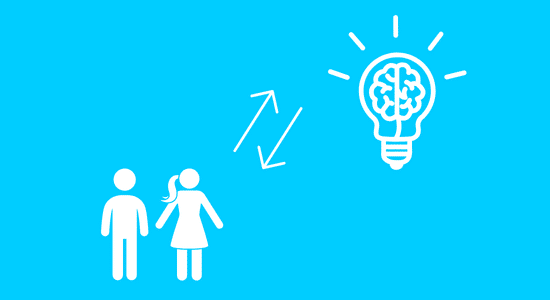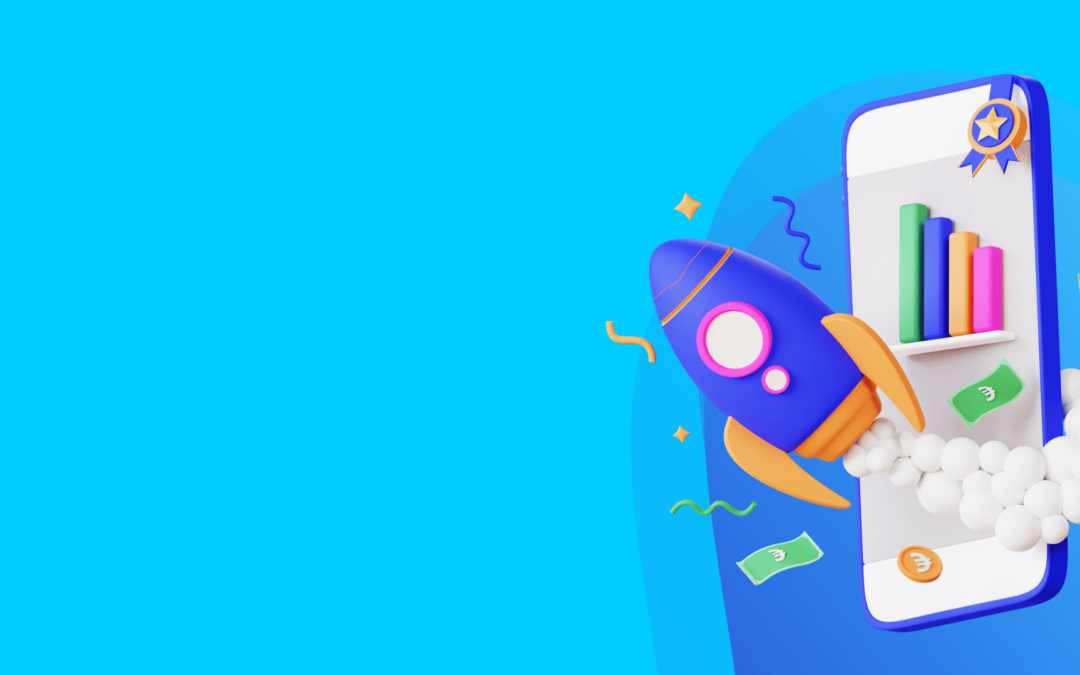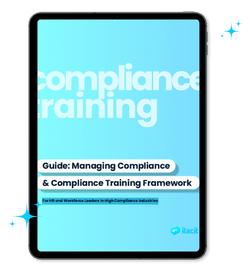We know that with the COVID-19 pandemic came new programs, and new ways of working. People now have access to a variety of digital tools to do their work.
Traditionally, workers had to fit their day’s work into their desktop setup, but we’re finally seeing the desktop interface forming to the employee through digital experience platforms and more.
The computer is only a piece of equipment. A necessary one for many types of workers, of course. But is the computer the most important aspect of a digital workplace? I don’t think so.
Hardware like computers, smartphones, and tablets are all exponentially more powerful than they were at the early beginnings of the shift toward digital. High-performance devices are less expensive – i.e. more accessible – than ever before. What differentiates the great workplaces is the way people use their computers. People – not processors – are controlling their digital lives at work.
Digital Freedom Breeds Innovation
Integral to the digital empowerment of employees is having access to programs. Without access, workers face limitations, dead-ends, and roadblocks. Companies need to step up in buying and experimenting with new programs, software packages, and innovative digital products. And more importantly, giving their staff the time, space, and freedom to explore these new digital tools.
Those companies that encourage and support the use of new and innovative ways of connecting people digitally are not only succeeding in this evolving business landscape but also winning the war on talent. Think of the likes of Apple, Google, and Microsoft. Allowing staff the flexibility and freedom to experiment enables creativity and can bring about new, amazing ideas.
It’s time that all types of organizations encourage people to explore, find new programs they can use, and allow them to choose how they connect within their workplace and do their jobs.
Develop Digital Literacy, Embrace Digital Dexterity
Today’s organizations are lucky to have an increasingly digitally literate workforce. Employees, in general, are proficient at using their devices, an abundance of software platforms, and various other digital workplace tools.
Where digital literacy means having the competency to use the platforms and programs that the company is providing to be able to do the work, digital dexterity is the desire and ability of employees to embrace existing and emerging technologies to achieve better business outcomes. It means giving employees the freedom, responsibility, and autonomy to find new paths, optimize their workflows, and bring real value to the organization on their own terms.
Those “citizen developers” out there will inevitably find and develop new and innovative ways to use the technology. At the same time, the company they work within will reap the rewards of time-saving methods and new twists to getting the job done.
Over the past two years, work-from-home mandates accelerated digital dexterity. With their daily lives turned upside down, employees were rapidly adapting their schedules and routines to get their jobs done. They found creative ways to work and figured out how to harness both new and existing technologies to forge ahead in the digital workplace.
Moving forward, agile organizations should continue to foster digital dexterity in the post-COVID world.
The Future of Work Will be Designed by the Employee
Through the help of digital means, employees are in the driver’s seat on the road toward the future of work. It is the employee base that will take the company on that digital journey – not the organization or its leaders, but the broad spectrum of individuals within.
Giving them the flexibility to connect, collaborate, and explore new tools will make sure they’re equipped, engaged, and empowered to continue innovating in the digital age.
Digital ecosystems like enterprise social networks and employee experience platforms can be the catalyst to bring individuals across an organization together. Sharing knowledge, sharing experiences, and working together to collectively learn new digital skills will bolster both digital literacy and digital dexterity. In doing so, employees will be in the best position to drive real change and foster authentic innovation across an entire organization.









